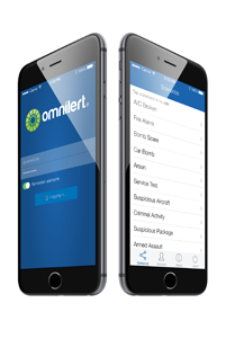There is a rapidly approaching twister forming just minutes away and you need to notify your community to seek shelter... NOW. Security cameras confirm that there is an active shooter in the lobby and it is imperative to warn the campus to lock-down for safety.
Over the years, we have helped countless Administrators who call to initiate an emergency notification while frantically fueled with adrenaline, emotions, and anxiety. In a true life threatening emergency every second counts.
Templates can certainly help cut down time when sending an alert, but what many school administrators have been searching for is an ‘easy button’ that will launch messages in seconds, with a single click without having to worry about the many distractions going on around them.
Relax. Breathe. Scenario.
The good news is that there is a solution to eliminate the stress from many emotionally-driven situations. Scenarios allow you to create a sequence of predefined actions for possible situations that can impact your organization. These actions can be defined ahead of time, during a tranquil period of clear thought... when a well-thought out plan, free of emotion, can be executed.
Scenarios can be easily integrated into your current emergency response plan. For example, a college campus create a “Lockdown” scenario which could include all of the following pre-scripted actions:
- Send a text message to all students
- Email parents
- Call telephones in strategic locations to get max coverage with the least amount of bandwidth.
- Initiate an outbound conference call with the emergency response team to discuss next steps
- Display full-screen desktop alerts on all campus-wide computer screens
- Update the school website with information for parents and the public
- Call the local police department with notification of the situation
- Post an official tweet to Twitter
- Post a message to Facebook
- Initiate a message on campus-wide digital signs
To clarify, a scenario action is not just a replication of the same message content sent out to multiple end-points. Each action can be a completely unique message sent to different groups of people, and different sets of multiple end-points. One message can be sent to students telling them to shelter in place, a second can be sent to faculty and staff with more explicit instructions, and a third could be sent to the Emergency Response team, with conference call information.
Couple that with the ability to trigger physical devices, such as your digital signage and desktop computers with customized messaging and you have a truly powerful early-warning device!
To learn more about Scenarios, click here.


